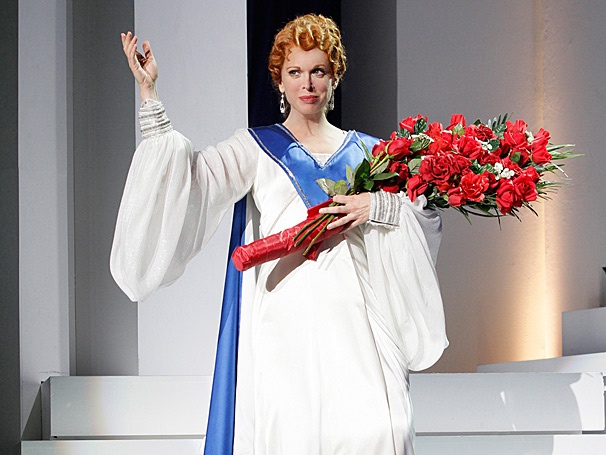Tough Beauty
Casula Powerhouse Arts Centre, Sydney
Opening Night, 15 August 2013
That moment on the schoolyard surrounded by jeering students
and a kaleidoscope of camera phones flashing and freezing time. That moment young
girls use their fists in petty power battles fuelled by low self-esteem and
deep-seated anger. Casula Powerhouse Arts Centre’s production of Tough Beauty presents a chilling picture
of the reality some schoolgirls repeatedly face: that moment when bullying turns
violent and destructive.
In its inaugural in-house production, CPAC sets a high
standard for new and engaging theatre. Under the direction of Claudia Chidiac
and writer Finegan Kruckemeyer, Tough
Beauty ventures inside the minds of key players in a lunchtime school fight.
From the unsuspecting victim Rana to the quiet ‘new girl’ who seeks a fresh
start only to be thrown into old violent habits under the torment of head bully
Mika. The lead-up and aftermath of the climatic fight becomes an educational lesson in the
psychology of teenage girls and a dialogue on the infectiousness of hatred and
violence.
Danielle Baynes stands out as the bright and vivacious Rana.
Baynes’ monologue about the bio-psychological creation of bloodlust is as
captivating as it is frightening, and her skills as an actor shine through in
this role. The minimalistic set is clever for small-scale school tours (which
this play is destined to enjoy) but left the larger CPAC stage feeling – at
times – bare. Kruckemeyer’s use of non-linear narrative is effective in keeping
the audience engaged in piecing together the drama, and gives Chidiac gems of
moments to play with.
CPAC has repeatedly proven that it is the heart of the performing
arts in South Western Sydney. Now that it is producing its own theatre, its voice
in the community has never been so important. Tough Beauty has potential to tour as part of educational theatre
in schools with its punchy and potent message. May this be the first success of many
in-house CPAC productions.
Tough Beauty runs from 15th – 17th August at the Casula
Powerhouse Arts Centre, 23rd – 24th August at The Q Theatre, Penrith, and
18th -19th September at Hurstville
Entertainment Centre.









